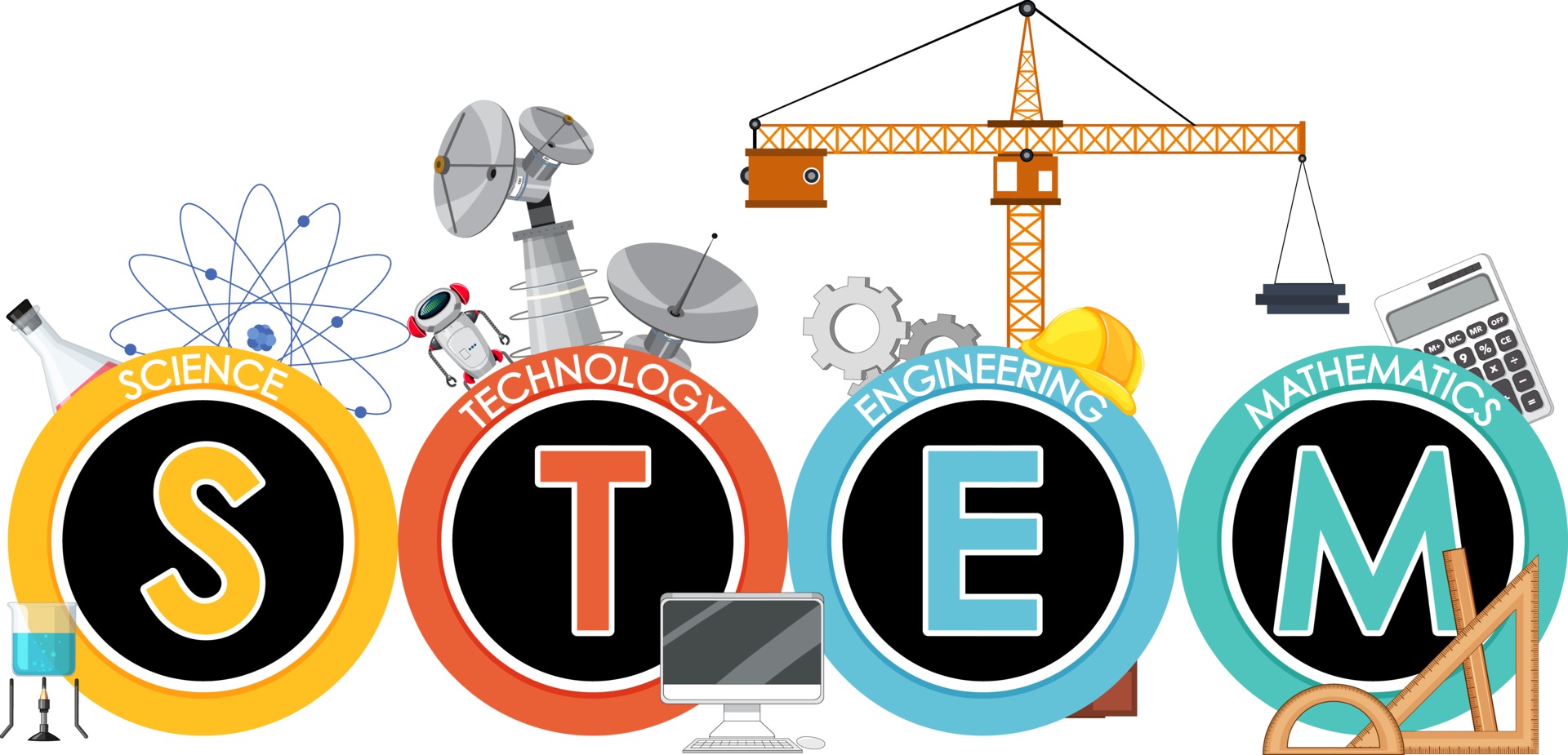

Until some of these attitudes begin to change in higher education, I fear the “T” in STEM will remain silent. They hold that workforce preparation is the responsibility of business and industry and not the obligation of higher education.

Unfortunately, it is the attitude on many college campuses that technical training is not their responsibility. But smart boards and tablets are no substitute for simulators and corporate trainers when it comes to workforce preparation. If a classroom utilizes modern instructional technology, they conclude, it must be a technology course. Technology in higher education circles is commonly viewed as how you teach rather than what you teach. But most colleges have never elevated technology to the status of being a true academic discipline, and the national focus on the merits of STEM education has not motivated them to do so. There is little debate that our universities are doing (and have always done) a remarkable job teaching science, engineering, and mathematics. I fear STEM has become cliché-more a marketing device and less an instructional imperative. When first introduced, STEM seemed a way to direct students into more substantive and weighty college majors that would lead to employment in fields necessary to regain our nation’s standing as a world leader in industry as well as in higher education. So, how are students interested in STEM to identify technology courses or technology degrees? Is the “T” in STEM really supposed to be silent? You will not commonly find a Technology Department identified on a college campus. No ambiguity here, but what about the “T” in STEM. Students interested in a STEM education can easily enroll in courses in each of these departments or choose to major in a degree offered by any one of these departments.

On any major university campus, without difficulty, you will find a Science Department, an Engineering Department, and a Mathematics Department. In our rush to find solutions to a national dilemma, it appears as though some curricular ambiguities still remains. We have little difficulty defining science, engineering, and math, but the “T” in STEM is an enigma to us. The problem, though, was that “technology” was never considered an academic discipline and we have no agreed upon definition of “technology” as it relates to education. It seemed like anything branded “STEM” was automatically assumed to be a more substantive educational alternative.Īside from being another clever educational catchphrase, STEM became seriously recognized as curriculum based on the idea of educating students in the four specific disciplines of science, technology, engineering and mathematics. There was an intensive push to create career pathways for students to go into STEM related fields. College bound students, with greater frequency, were being advised into STEM programs. Classrooms across the country began to adopt STEM initiatives of all varieties. This type of reporting created a national public outcry for more robust STEM education. student proficiency in STEM disciplines was trailing behind other countries, and if we were to succeed as a global leader, our future workforce would need to be better prepared in these areas. National Academies of Science, Engineering and Medicine, called Rise Above the Gathering Storm, stated that U.S. Most notably, a 2005 report from the U.S. students to increase their proficiency in STEM disciplines. Through the courses under the STEM strands, these students continue to grow into the country’s future scientists, engineers, programmers, and trailblazers within their niche.Several published reports in the early 2000’s brought attention to the need for U.S. Many of our STEM students go on to apply for undergraduate programs and explore their preferred specialized fields. Senior High School Students that pursue the STEM strand are more inclined towards complex scientific advancements and the future of modern technology.


 0 kommentar(er)
0 kommentar(er)
